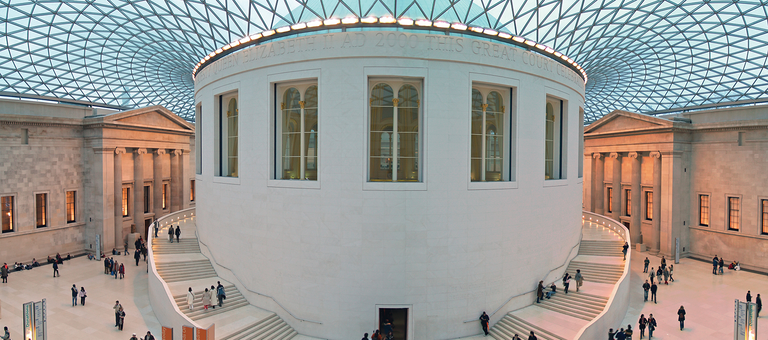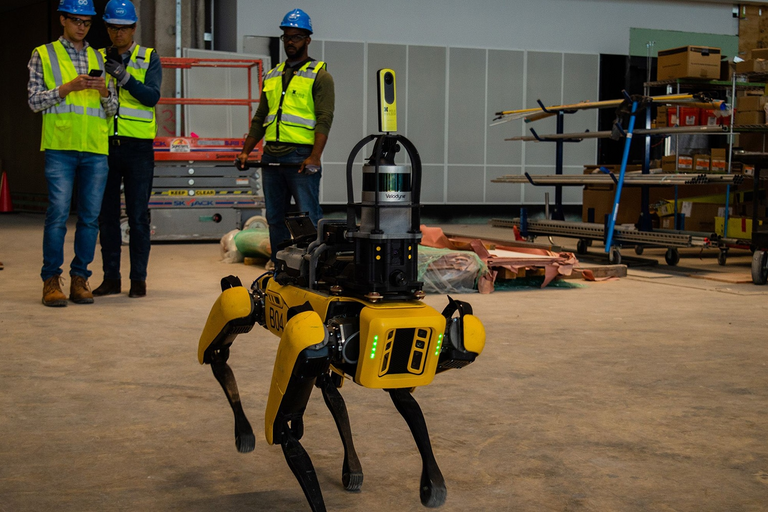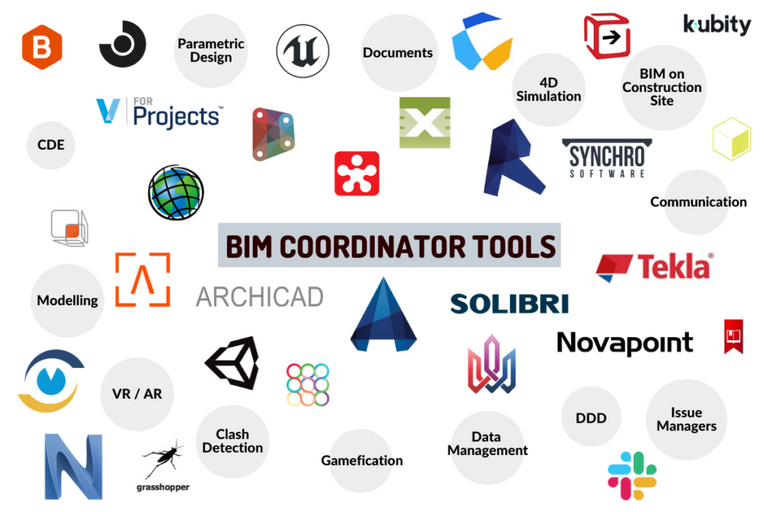While preparing for my architecture professional examination (oral examination) impending on next week, there are some thoughts that I had about the profession.
The Pay & The Risk
There has been a survey done by PAM (Persatuan Arkitek Malaysia, Association of Architect Malaysia) that as an architect (registered with a license to practice) has the average salary from RM5,000 to RM10,000. From the figure, it is obvious that even with the highest qualification in the profession, we may not be getting a great remuneration just by having the license. This goes back to the market itself, whereby how the market appreciates and values the profession, specifically the service provided. During practice, there is also a tendency that the client will offer low fee to acquire services from the architects. It is a scenario of whether you take it or leave it as there will be sure someone to take up the offer anyway. Frankly, when it comes to such a situation, it is time to really reflect and see why does it have to be this way?
Talking about risk, the signing architect will bear a perpetual liability of the project (in most cases especially on design). Besides that, the architect would be required to handle most of the information in any given construction project as the architect is the principal submitting person (PSP) who need to be responsible of overseeing the entire progress of the project development and eventually issue the Certificate of Compliance and Completion. By signing off the certificate, the developer or owner will be able to claim the vacant possession for the building and start to occupy and use the spaces. Thus, it is crucial for the architect to make sure that the building is safe to be occupied, especially fire safety.
Hence, the higher value the project is, the greater the liability for the architect to bear. Thus, it is also important for the architect to have ample cover of indemnity insurance when faces legal issues. This also comes with a cost which is often not being considered or emphasized by many (public). Similarly, the profession of a doctor also comes with this risk where any mistakes made will also bring a disastrous impact. Being a professional, we would presume that such liability should come with a fair value of appreciation (such as monetary gain) to balance the potential loss in the future due to probable negligence or mistakes. Yet, the market may not respond as to how we think. So why is that?
Technology Revolution & Market Adaptation
One possible answer for that is the technology revolution of the profession whereby there are more and more software surfacing that could aid in managing the project more efficiently. Improvement that we can see clearly due to technology development is like:
- Work can be done faster as all architectural works can be done digitally and printed with the printer (previously has to be hand-drawn)
- Collaboration work is easier as there is email, project management software and even Building Information Modelling software that could bring almost all the parties together and communicate in the same language and pace.
- Smart software that could detect and do error check on the design for architectural and engineering works. Besides that, the software could also estimate in higher accuracy on the material used which could give the developer or owner to have better financial planning.
- More data can be obtained and make the design justifiable and less probability that the project will not work through Geographical Information Data and even through virtual visualization.
There are still many more technology can do for us which has brought the industry to a new height, especially in China and the Middle East which we can see on how fast they can develop and build.
From this phenomena, we can deduce that there is a portion of the "profit" of the industry has been shifted to the building tech companies that provide such convenience to the industry players. Apparently, we do not see a drastic growth in the market which means that the portion that used to be earned by the consultants will reduce eventually. Unless we have a new civilization to build, let say MARS, then it could be another story where there is literally limitless opportunity in the early days.
Therefore, the question is back to whether we are providing the service and solution that is needed by the market? What we are providing is sufficient? Should there be an upgrade or revision on what we should provide? Any better way to deliver the service to the client by adopting more tech? This has to do with our new norm in the industry.
Productivity & New Talent
In essence, the construction industry embraces productivity whereas design would be something less tangible to be quantified. Having said that, as the architect in the 21st century, should we still provide the basic services (5 stages) that are listed in the Architect Rules? Or should we offer our services in a more tech integrated way that would give us more advantage when it comes to project management and design development?
Speaking of productivity, this is one of the hardest topics of all as in the construction industry, it involves a LOT of parties. In Malaysia, a development could involve the developers, the consultants, the specialists, the suppliers, the authorities, the accountants, the lawyers and even the public. It is not easy to maintain good communication and information management between all the parties. In the current practice, there are different project management system available in the market where some are open source and some are developed internally. Again, having a system is great but in order to achieve the said productivity, involvement by all parties is essential. Therefore, it is back to the topic of new talent. What kind of talent should we have in the profession so that we can improve the situation that we talked earlier which is the remuneration>?
The New "What"
The question of "what" is needed by the market is always the key to survive in such a competitive world. Speaking of which, the "what" may not even exist in the market yet which is the best "what" we can create for the market to demand. A great example is the iPhone which no one could imagine a life with an iPhone until it is crafted out by Steve Jobs or another classic example is the transition of horse carriage to the car by Henry Ford. No one would imagine that we will all own a car that could transport us from point A to point B. Yet, these great figures had figured out the "what" that could open up a new market for the people and able to gain the profit from the innovation.
So, in architecture, what can be the new "what" for the profession? I think I will leave this to another topic to discuss. As of now, I see several trends that could happen like the adoption of virtual reality, drone technology, 3D printing and integrated project management software.




The question of "what" is needed by the market is always the key to survive in such a competitive world - this is what harsh truth for the market really.
Indeed, a reality that we need to face. Yet, when it comes to competition, would rather focus on customer experience than looking too much at competition. Serve customer well and they will stay😄
SO true.... !! Keeping focused on market with innovative something and keeping customer happy can bring the most output. Thanks
Most welcome! And thanks for dropping by 😉
Thank you for your support. We will be working for a new payout scheme for you soon. Keep your chins up and stay tune!